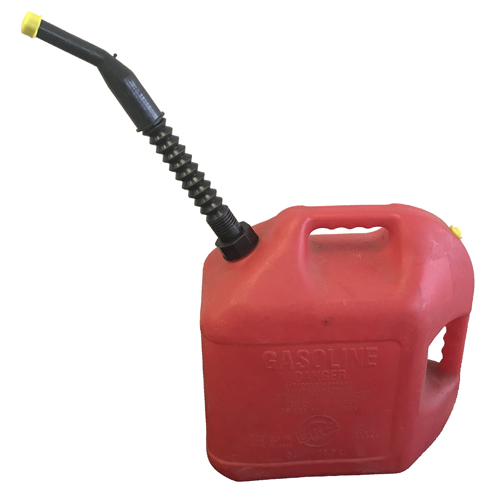Do you find yourself constantly buying new equipment each year because your small engines refuse to start after months of not being used? If so, then you’ve got a real problem on your hands. Instead of giving your local hardware store all of your hard-earned cash, why not learn how to keep your engines in great condition? Here are 7 ways you can do just that:
Check the Owner’s Manual
Whether you want to hear it or not, one of the first items on your to-do list when buying a piece of equipment is to read the owner’s manual. This ultimately gives you a play-by-play guide on how to take care of your small engine properly from the beginning. Important notes will include what oil and fuel to use, how to avoid burning yourself while operating the engine, and more.
Replace Gasoline Every Month
All kinds of engines are slowly coming out of storage and everyone is going to have the same question on their minds: Do I need to buy gas? There’s a good chance that you either don’t remember how much gas you have left in the tank or you still have a full can off to the side somewhere. But is that stockpile still good? Probably not. If the gas has been sitting around since the fall, it’s likely to have degraded and will struggle to combust inside of a small engine. A good rule of thumb is to buy enough gas that will last you for 30 days.
Avoid High Ethanol Blends
Ethanol, which is a natural byproduct of plant fermentation (typically corn), is used throughout the United States for many purposes. One of them is fueling an engine after having been mixed with gasoline. This is done because of ethanol’s high octane rating, which prevents large engines from experiencing knocking. Small engines (like in a lawn mower), however, are not made for high ethanol blends of gasoline. It’s recommended that you use E10, which is a mix of 10% ethanol and 90% gasoline, or pure gasoline. Flex fuel, like E15 or E85, is made specifically for flex fuel vehicles and can cause serious damage to your small engine.
Fight Oxidation with a Full Tank
What’s another reason gas expires besides time? Oxidation. No matter how hard you might try to keep oxygen out of your small engine, it’s going to find a way in – especially when there’s room for it to enter. That’s why we recommend filling your gas tank after each use. While you’re still going to want to leave around 10% of room for fuel expansion, this will eliminate as much oxidation as possible.
Add a Fuel Stabilizer For Storage
According to Briggs and Stratton, “The use of a fuel stabilizer is imperative to a fuel system that does not get used on a daily basis.” As mentioned previously, fuel degrades over time and you want to protect the carburetor from gumming and varnishing. Find a brand that works best for you, add gasoline and the fuel stabilizer to your engine, run it for a couple of minutes, and store it away for as long as you need.
Don’t Forget to Change the Oil
Changing the oil on a small engine may seem easier than that of a car, but you still may be tempted to avoid the task until it’s absolutely necessary. While gas eventually burns up inside of the engine, oil will sit there until you physically empty it out. That means it can get really disgusting really fast. Start by filling the engine with whichever oil your owner’s manual recommends and monitor the levels every so often. As soon as it is below the line marking the minimum amount required, change it out. Your manual should walk you through the entire process.
Fill It Up with an EZ-POUR Spout
Stop thinking about what’s best for your small engine for a second and think about what’s best for you. We’re talking about fueling up with an EZ-POUR® spout instead of struggling to open one that takes both of your hands and sometimes even a foot. Remember when all it took to fill up your tank was to unscrew the lid and pour? The EZ-POUR® spout has brought that concept back to reality and can even fit on your old gas can! Buy yours online at ezpourspout.com.

